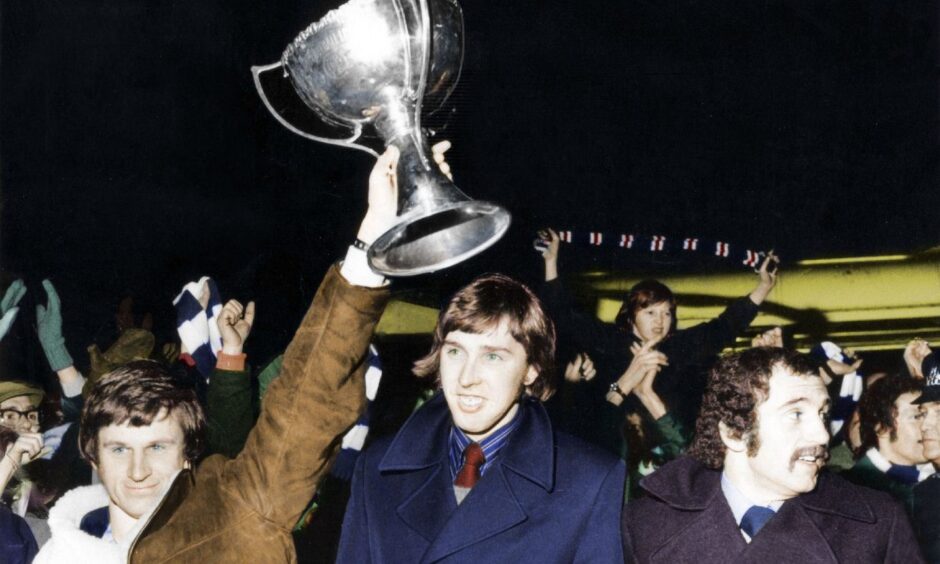
Dundee stood tall against Jock Stein’s star-studded Celtic to win the League Cup 50 years ago, as power cuts brought the country to its knees.
The war between the Arabs and the Israelis that had started in October 1973 compounded the problems.
Oil prices rocketed, demand for coal increased and the miners, bitterly unhappy with their weekly pay packets, sensed an advantage and pressed their wage demands further.
When the government’s best offer fell well short of the union’s demands, miners introduced an overtime ban.
The result was a crippling 40% drop in coal supply to power stations.
Blackouts, meals by candlelight, frost-encrusted homes and empty shelves were part of daily life in December 1973 and the three-day week was just round the corner.
Ironically, the December gloom was accompanied by an ultimately cheerful soundtrack – the number one single by Slade, Merry Xmas Everybody.
Football was not high on the list of priorities for the available power and the use of floodlights was banned, eventually extending to power generated by private generators.
All matches had to be played in daylight so kick-off times were brought forward, including the League Cup final at Hampden Park in Glasgow on December 15.
Dundee had an excellent pedigree in the League Cup, with two wins in 1951 and 1952, one runners-up in 1967, three semi-final and six quarter-final appearances.
Should Dundee v Celtic have gone ahead?
Due to extreme wintry conditions in the days leading up to the game, there was a doubt about the fixture going ahead.
The game was scheduled to kick off at 1.30pm.
Dundee supporters crammed into cars and piled on to coaches as trains were axed.
Then they had to drive through a blizzard using up hard-to-get petrol, while the plea to reduce usage led to the introduction of a 50mph speed limit on motorways.
It took the team bus three hours to reach Glasgow.
In a time before sports science was such an integral part of the game, the players sat down to a pre-match meal at 12.15pm, which would be unthinkable now.
They ate up before the bus was given a police escort to Hampden.
Dundee arrived at 1pm with hardly any time for a warm-up and respective managers Jock Stein and Davie White immediately declared the Hampden surface unplayable.
The pitch was half frozen and half flooded.
Nevertheless, go ahead it did, and many Dundee fans missed out, along with a huge chunk of the Celtic support, as under 30,000 were sparsely littered on the vast terraces of the national stadium on that bleak afternoon.
Ex-Celt Tommy Gemmell was Dundee captain in 1973.
With Celtic firm 2/1 on favourites, coming into the final as leaders in the race for their historic ninth title in a row, Gemmell suggested beforehand that it would be “Snow White and the Seven Dwarfs stuff” if Dundee were to win the trophy.
Jimmy Johnstone could have been forgiven for being grumpy after being left on the bench as Jock Stein kept faith with the team that defeated Rangers in the semi-final.
He wasn’t the only big name watching from afar at Hampden.
Fifa president Sir Stanley Rous attended to judge the merits of an experimental 18-yard offside ruling, which was being trialled in the League Cup and the Drybrough Cup.
Celtic: Hunter, McGrain, Brogan, McCluskey, McNeill, Murray, Hood, Hay, Wilson, Callaghan, Dalglish.
Subs: Connelly, Johnstone.
Dundee: Allan, R Wilson, Gemmell, Ford, Stewart, Philip, Duncan, Robinson, Wallace, J Scott, Lambie.
Subs: Johnston, I Scott.
Conditions were appalling.
Players were splashing in the water in midfield.
The game was decided by a solitary late goal from the prolific Gordon Wallace, his strike downing a Hoops side that would go on to reach the European Cup semi-finals.
Dundee showed from practically the first minute this was to be their day.
In two minutes they lost big defender George Stewart to injury, which was a setback so early in the game that could have been a recipe for disaster.
Instead, this Dundee side rolled up their sleeves, increased their work rate and, believing in their own ability, proceeded with 10 men to completely frustrate Celtic.
The Evening Telegraph said Stewart required two stitches in the dressing room before “returning to the field to weld together a defence that put Celtic in handcuffs”.
Gemmell revelled in playing against his old team-mates.
His will-to-win rubbed off on his colleagues.
Celtic forced nine corners to Dundee’s three in the first half but the clear cut chances fell to Dundee, who adapted better to the wet and freezing conditions.
John Duncan shot over the bar before Danny McGrain cleared a Gordon Wallace effort off the line on 15 minutes with keeper Ally Hunter stranded.
Celtic had their first real chance when Kenny Dalglish shot past the post.
The Evening Telegraph said it was all Celtic had to show in return against a Dundee side that put the Hoops goal in “extreme danger” four times in 45 minutes.
“If Dundee had been two ahead at the interval, even Celtic supporters couldn’t have quibbled. The second 45 didn’t carry the same delight, the incessant downpour made conditions more and more difficult and legs more and more weary,” it stated.
“Fifteen minutes from the end, when the possibility of yet another Dundee-Celtic extra-time episode seemed on the cards, came the goal – and with it justice.
“And what a goal it was!
“An on-target free kick from Bobby Wilson to Gordon Wallace, who, facing his own goal, breasted the ball down, wheeled round and sent in an instant shot that had the
goal tag from the moment it left his foot.”
It would go down as one of the best-ever goals in a League Cup final.
Sub Jimmy Johnstone came close to an equaliser late on but Dundee held out.
The Sporting Post said Wallace’s 75th minute winner was a “fitting reward for skilful soccer in the sleet storm and soupy slush surface of Hampden”.
There was no open-top bus display on their return to the city because of petrol rationing, with the team heading to the bar at the Angus Hotel to celebrate.
The League Cup was paraded the following week before the league game against Motherwell and is the last major silverware to adorn the Dens Park trophy room.
Dundee’s League Cup triumph brought Thomson Allan to the attention of national boss Willie Ormond who selected him for the World Cup finals in West Germany in 1974.
“We would never have believed that would be the last time Dundee would win a trophy,” said the former Scotland international.
“At the time, we had some fantastic players like Jocky Scott and Gordon Wallace.
“We were a side capable of beating anyone.
“Looking back, I think we underachieved.
“For all winning the League Cup was a brilliant achievement, that side should have went on to win so much more.”
He was right.
The final word in 1973 went to goal hero Gordon Wallace.
“It was a wonderful moment to see the ball in the back of the net,” he said.
“Wonderful for the team, but, to be purely personal, I was proud that a Dundonian born and bred had done the trick.”
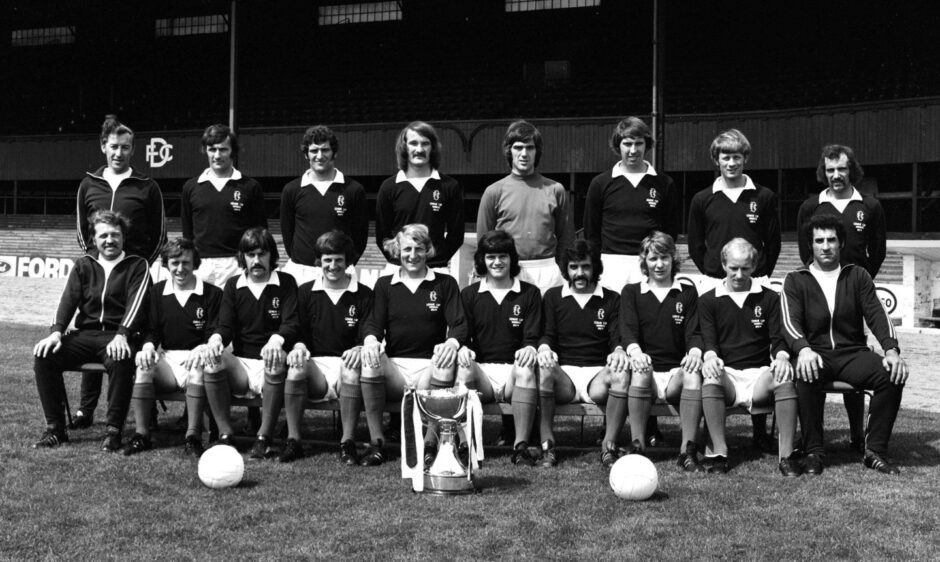
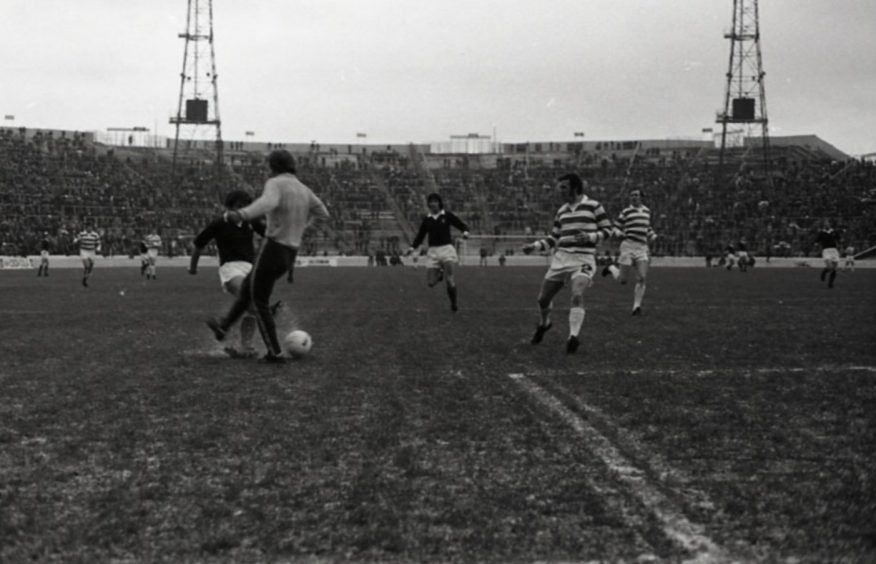
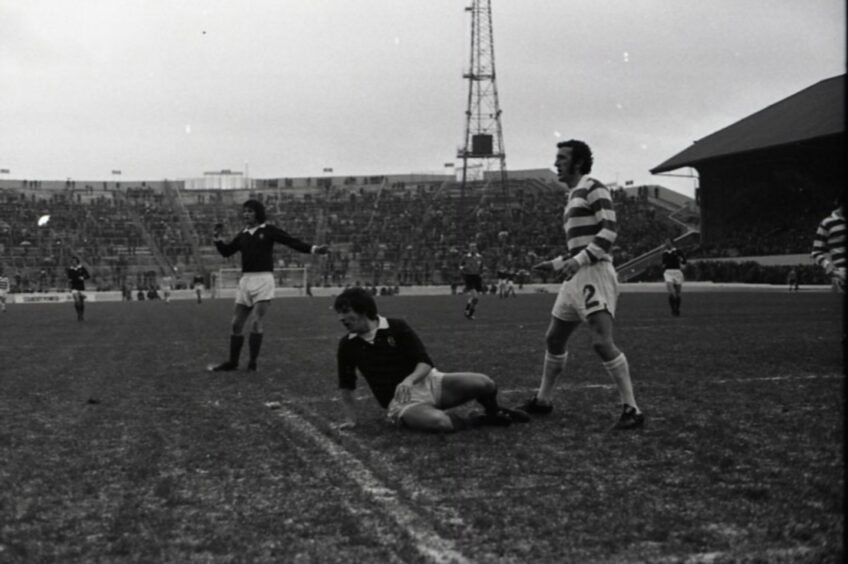
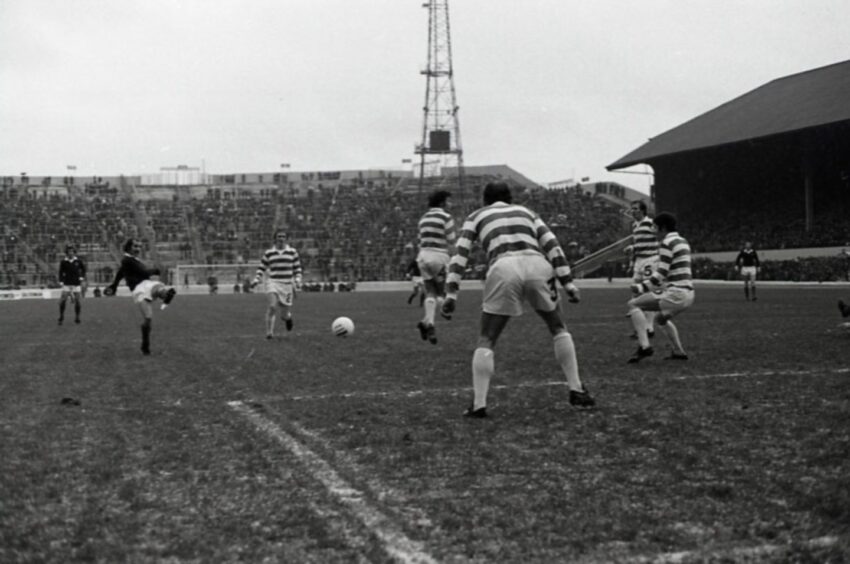
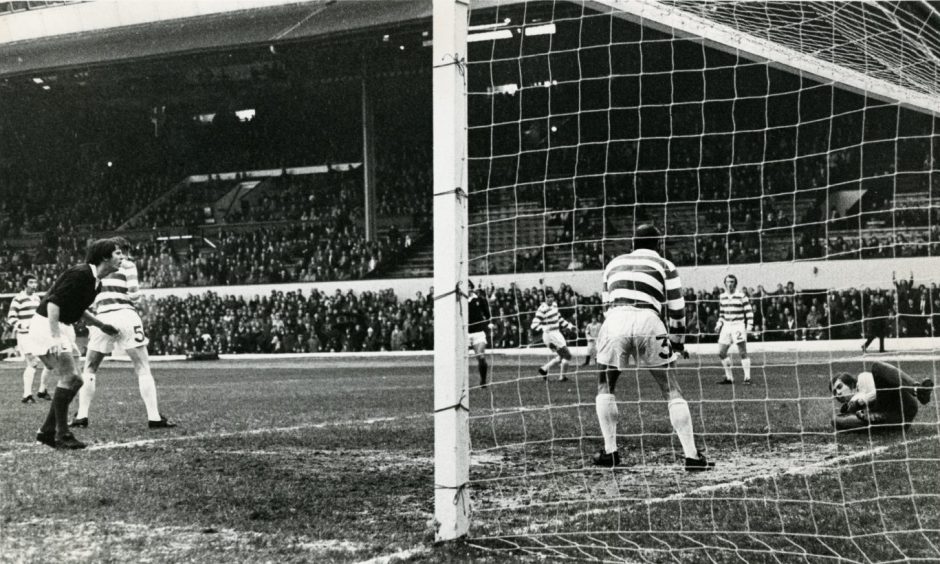
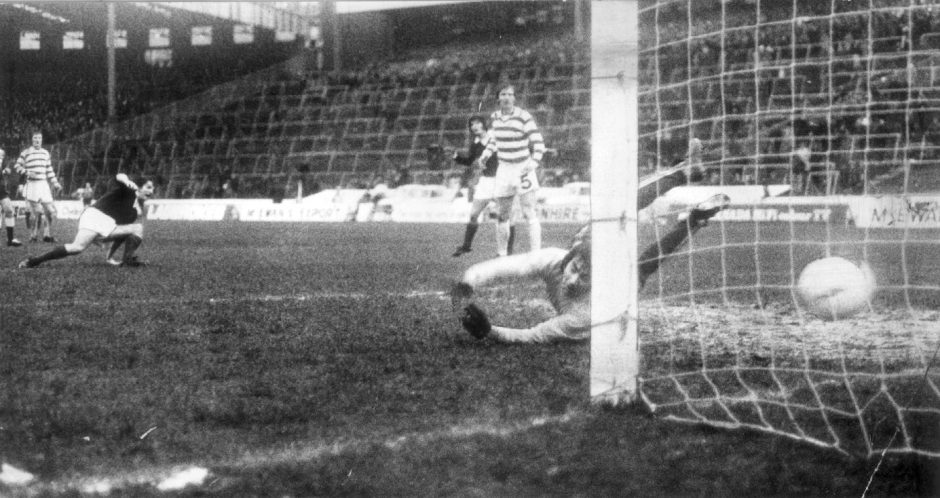
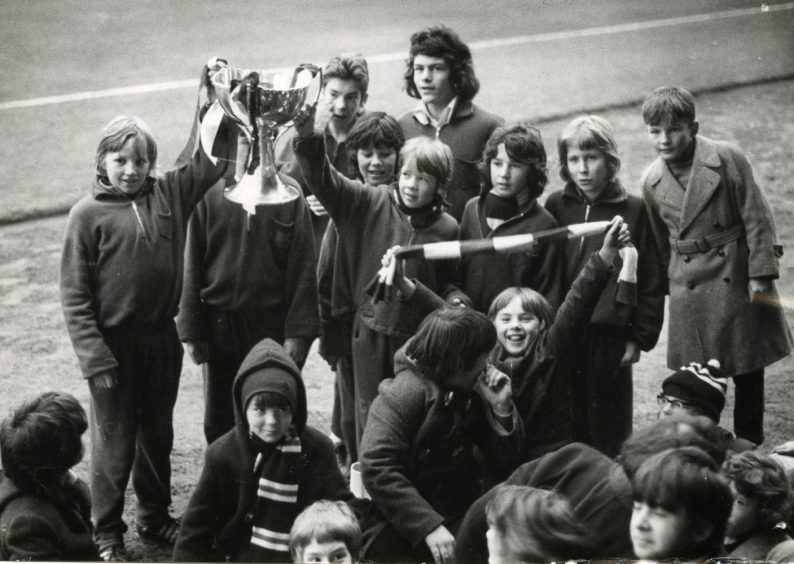
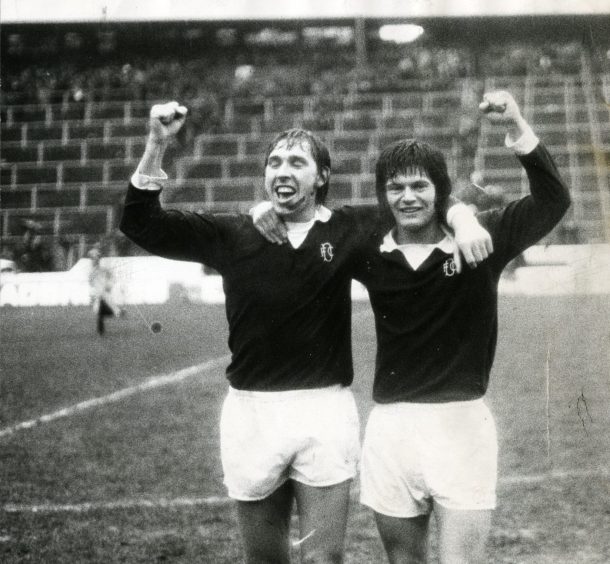










Conversation